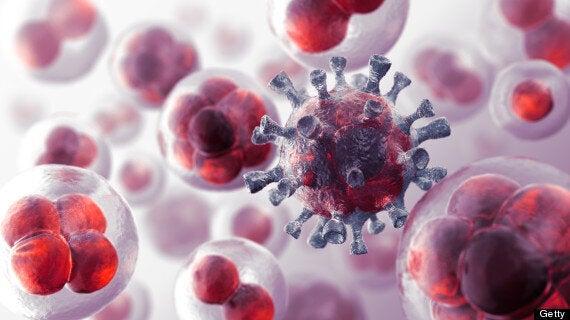Cancer is caused by DNA mutations triggered by chemicals, radiation or ageing, and for the first time ever, a library of genetic changes underlying 30 of the most common cancers has been compiled for the first time by British scientists.
Based on data from 7,000 cancer sufferers, the research will help experts unravel the origins of cancer and pave the way to new treatments.
The team at the Wellcome Trust Sanger Institute in Hinxton, Cambridgeshire, identified more than 20 mutation patterns linked to cancer.

In many cases, they also uncovered the biological processes responsible.
Every cancer studied contained two or more genetic signatures, underlying the complexity of cancer development.
While ovarian cancer was linked to two, liver cancer was associated with six.
Some patterns applied to multiple cancer types while others were confined to a single cancer.
Of the 30 cancers, 25 had mutation signatures linked to ageing.
"Through detailed analysis, we can start to use the overwhelming amounts of information buried deep in the DNA of cancers to our advantage in terms of understanding how and why cancers arise," said Dr Serena Nik-Zainal, a senior author of the research published in the journal Nature.
"Our map of the events that cause the majority of cancers in humans is an important step to discovering the processes that drive cancer formation."
Enzymes known as APOBECs, which have the power to "edit" DNA, were linked to more than half the cancer types.
The enzymes can be activated by viruses, highlighting the potential role of infection in cancer.
"We have uncovered the archaeological traces within cancer genomes of the diverse mutational processes that lead to the development of most cancers," said Professor Sir Mike Stratton, director of the Sanger Institute.
"This compendium of mutational signatures and the consequent insights into the mutational processes underlying them has profound implications for the understanding of cancer development with potential applications in disease prevention and treatment."